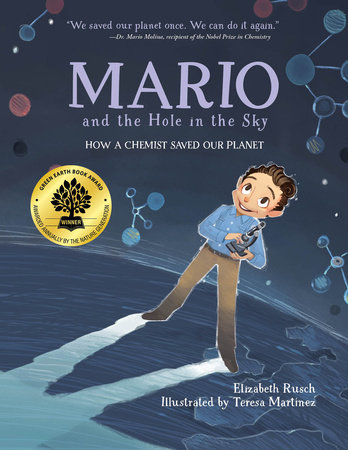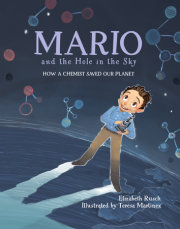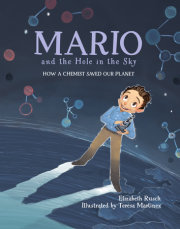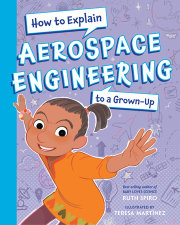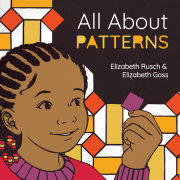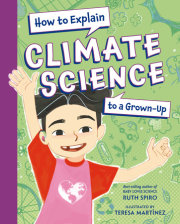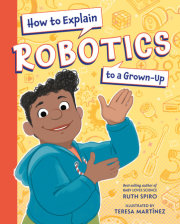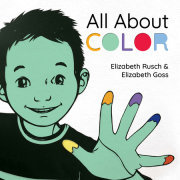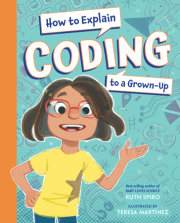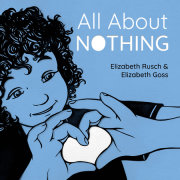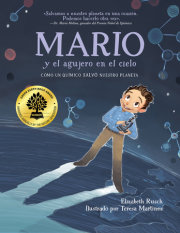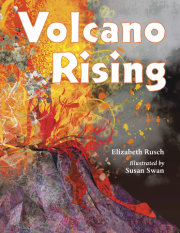Mario Molina was born in Mexico City on March 19, 1943. By the time he was six, the world was awash in amazing new products made from amazing new chemicals.
Spray. Spray. Mario’s mother misted perfume onto her wrist.
Squirt. Squirt. Someone polished a window.
Spurt. Spurt. A press of a button propelled cleaner onto a counter, paint onto a fence, and hair spray onto curls.
But one of the new chemicals, used in millions of spray cans and refrigerators, had a dangerous side that no one had yet discovered. . . .
“¡Feliz cumpleaños, Mario!” On Mario’s eighth birthday his parents gave him a microscope.
Mario peered through the lens at a drop of water.
Boring, he thought. Then he began to wonder:
What would happen if I looked at dirty water? Mario soaked some lettuce and let it rot. After a few days the gooey, brownish-green mess smelled awful. Mario plugged his nose, sucked up a dropper of the filthy water, and dripped it onto a slide. He peered into the lens and gasped.
“¡Increíble! All these amazing creatures in just one drop of water!” Mario studied everything he could under the microscope: sparkling salt crystals, tomatoes, onions, chilies from salsa—even toothpaste.
Mario was itching to see more.
“Can I use this bathroom as a laboratory?” he asked his parents. “No one ever uses it.”
“
¡Dios mío! ” his mother groaned. “Sounds messy.”
But they removed the toilet for him and installed some shelves.
“Don’t blow anything up,” his father warned.
Copyright © 2019 by Elizabeth Rusch (Author); Teresa Martinez (Illustrator). All rights reserved. No part of this excerpt may be reproduced or reprinted without permission in writing from the publisher.

